SUMMARY:
- Drought conditions remain in much of the interior of the state with drought conditions developing in north-east Texas.
- Much of Texas can expect warmer-than-normal and drier-than-normal conditions over the next three months.
- Statewide reservoir storage is near median levels.
I wrote this article on December 15, 2019.
You’re probably sick of me writing about my rainwater tank (Have I told you about our tank? 5,000 glorious gallons!), but when you collect rainwater, you notice things. For example, our tank has remained low through the fall, suggesting a rainfall deficit that has persisted from the summer through the fall, especially since our garden use of tank water has dwindled to almost zero. Indeed, looking at the six-month rainfall deficit map for Texas, much of the state is in deficit with Houston and, ironically, parts of the western, drier parts of the state with excess rainfall (Figure 1a).
Conditions aren’t expected to get better. The Climate Prediction Center favors warmer-than-normal conditions for Texas over the next three months (Figure 1b) and drier than normal conditions for the eastern part of the state (Figure 1c). As I write this (and procrastinate via Twitter…), Austin reached a record high of 82 degrees while Del Rio hit a record 89 and McAllen mercuried out at a record 91 degrees. The one month outlook definitely shows a strong lean toward warmer-than-normal conditions for all of Texas (Figure 1d). It sure doesn’t look like the reindeer will be landing on snow-laden roofs in Texas… Given the heat, you may want to leave out some Gatorade for Santa!
Much of south Texas from the Hill Country down to the Lower Rio Grande Valley received less than half an inch of rain over the past month with many of the recent fronts bringing episodic cooler temperatures but little rain (Figure 2a). Most of the state received less-than-normal rainfall over the past 30 days (Figure 2b) with much of the interior of the state with less-than-normal rainfall over the past 90 days (Figure 2c).
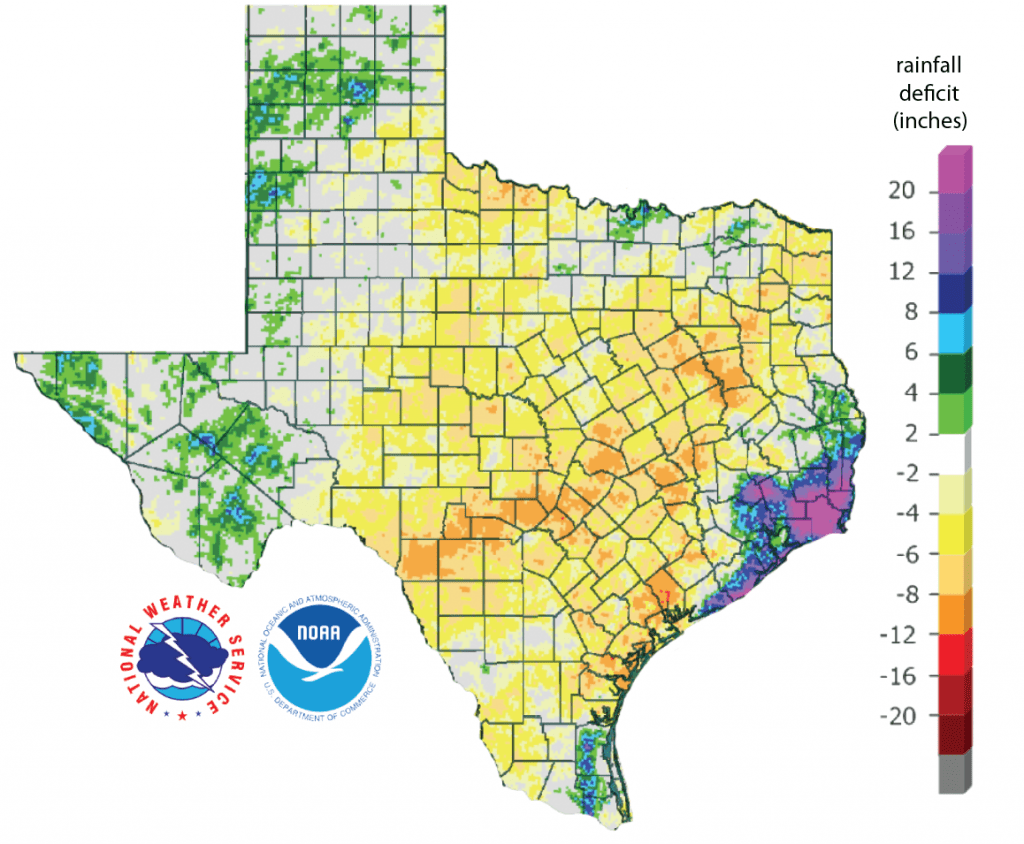
Figure 1a: Rainfall departure from normal for the six months inches before December 16, 2019 (source).
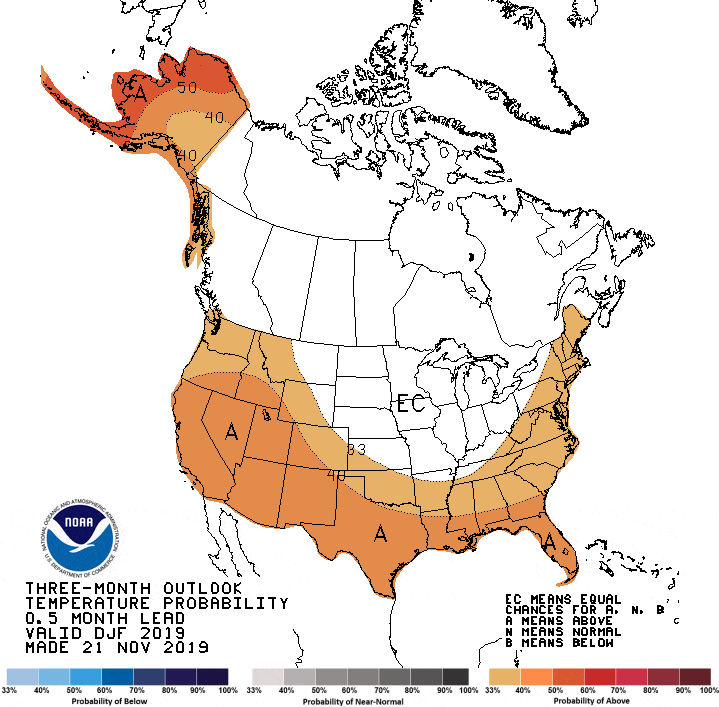
Figure 1b: Three-month outlook temperature probability from November 21, 2019 (source).
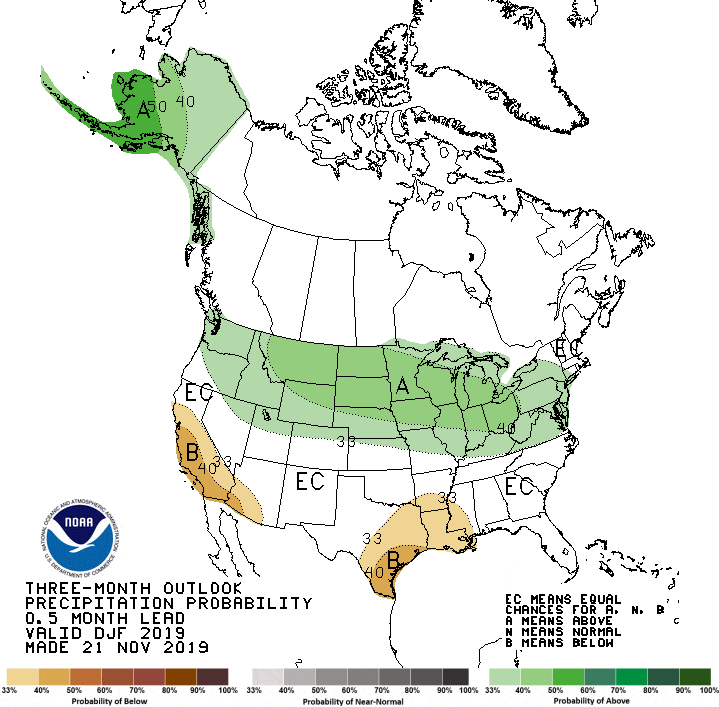
Figure 1c: Three-month outlook precipitation probability from November 21, 2019 (source).
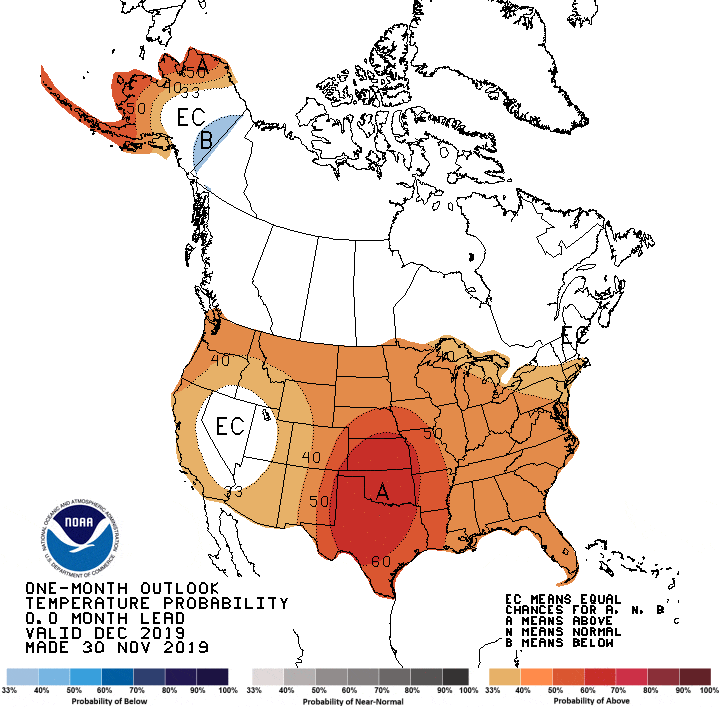
Figure 1d: One-month outlook temperature probability from November 21, 2019 (source).
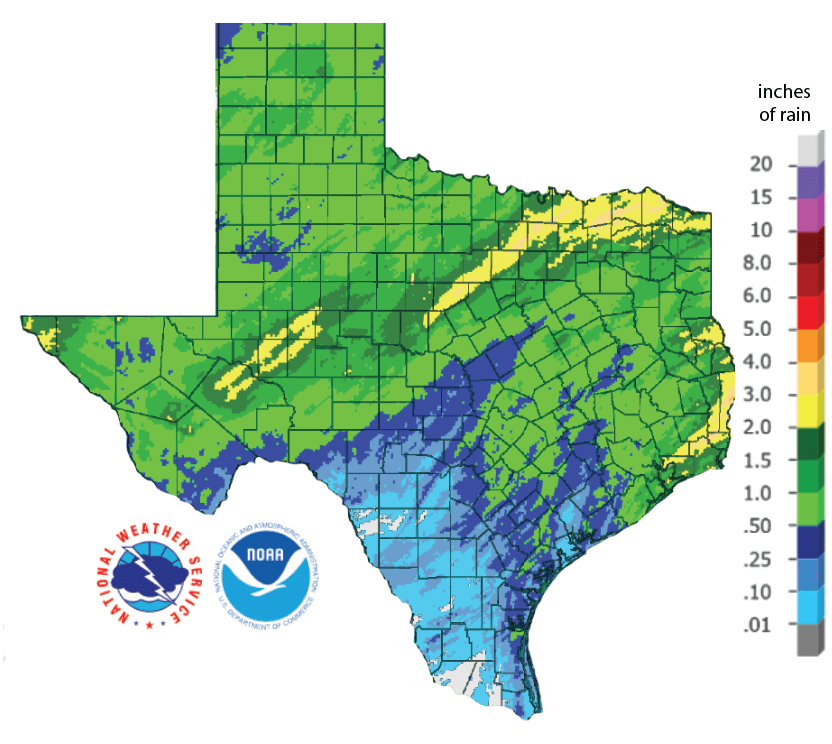
Figure 2a: Inches of precipitation that fell in Texas in the 30 days before December 16, 2019 (source). Note that cooler colors indicate lower values and warmer indicate higher values.
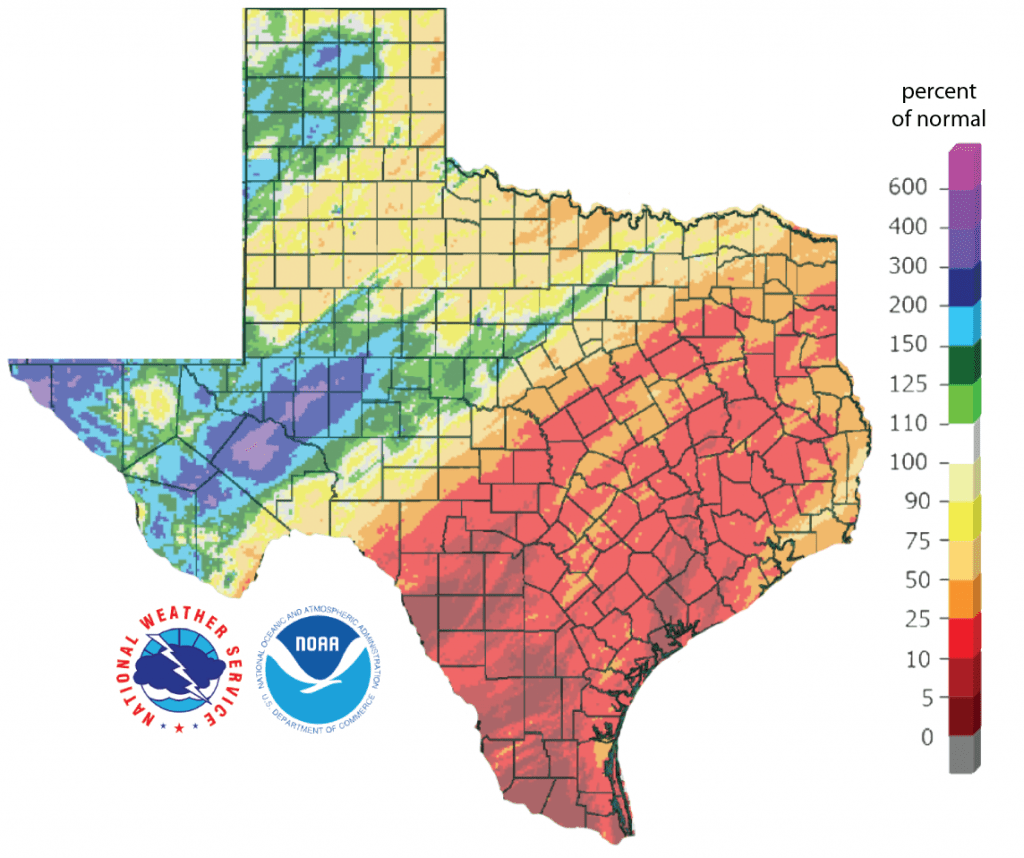
Figure 2b: Rainfall as a percent of normal for the past 30 days (as of December 15, 2019; source).
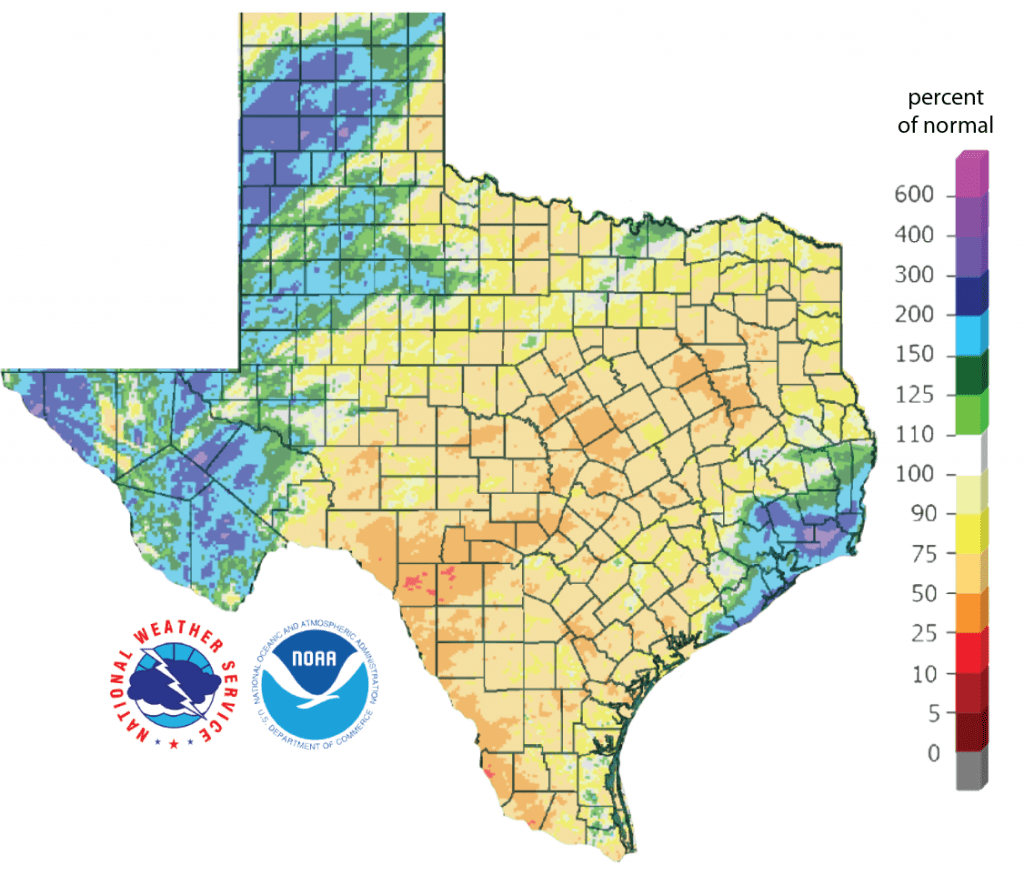
Figure 2c: Rainfall as a percent of normal for the past 90 days (as of December 15, 2019; source).
Drought coverage increased a wee three percentage points over the past four weeks from 32 percent to 35 percent today with 54 percent of the state either abnormally dry or in drought (Figure 3a). Extreme drought remains in the Uvalde-Medina-Zavala county area and has developed in the Llano area (Figure 3a). We saw drought improvement on this side of the High Plains with drought development in north-east Texas (Figure 3b).
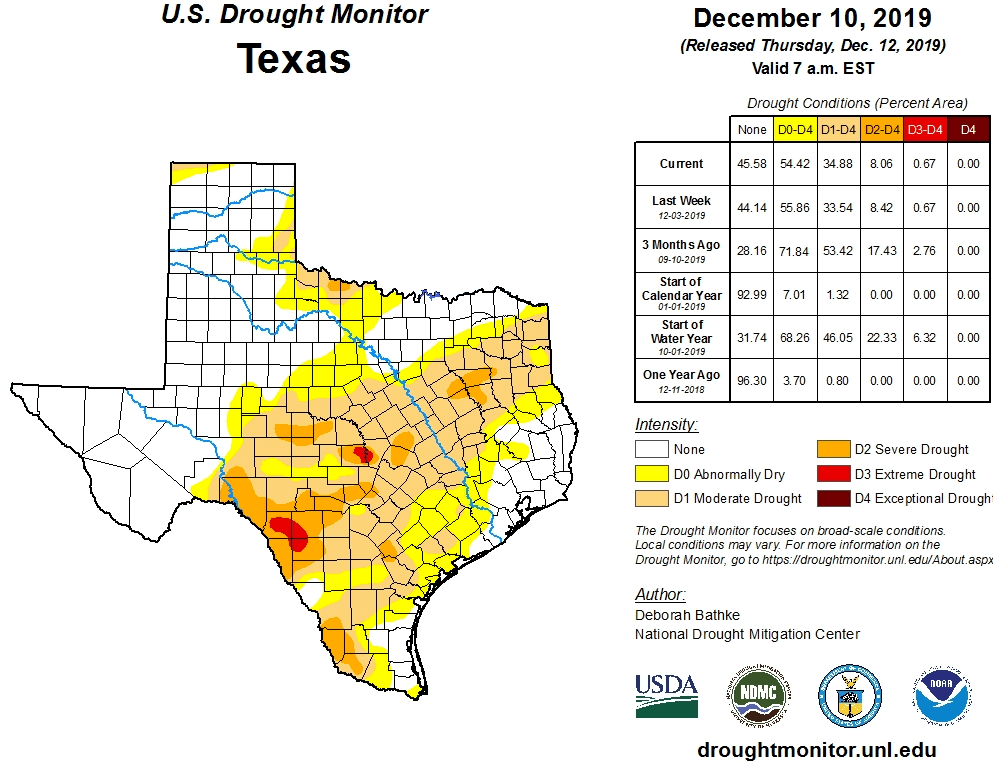
Figure 3a: Drought conditions in Texas according to the U.S. Drought Monitor (as of December 10, 2019; source).
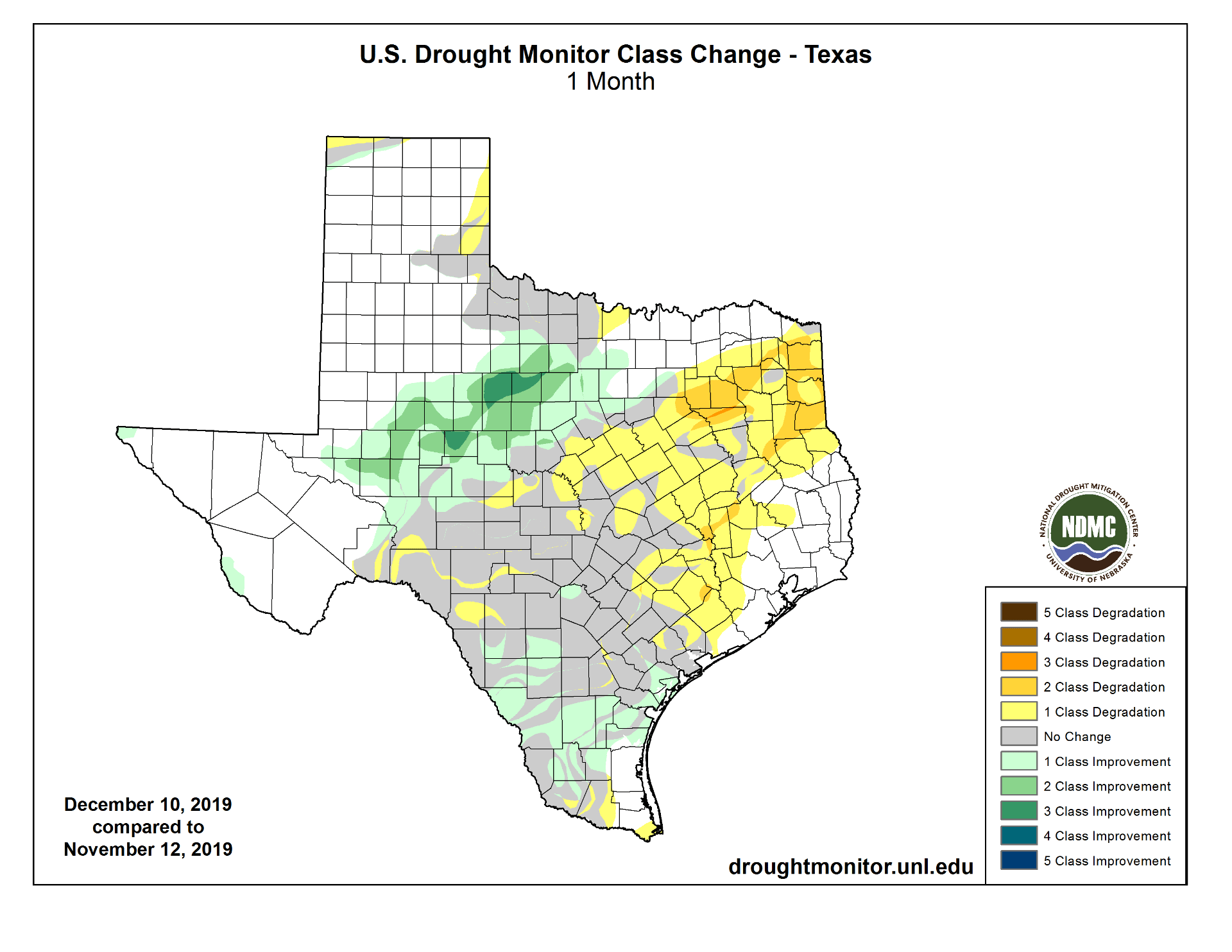
Figure 3b: Changes in the U.S. Drought Monitor for Texas between November 12, 2019, and December 10, 2019 (source).
The North American Drought Monitor for November now shows severe drought in the headwaters of the Rio Grande in Colorado, a major source of water for Elephant Butte Reservoir (Figure 4a). Percent of normal precipitation in the Rio Grande watershed in Colorado over the last 90 days is less than 50 percent of normal for much of the watershed (Figure 4b). The Rio Conchos basin in Mexico, an important source of water to the lower part of the Rio Grande in Texas, is out of drought with a small area of abnormally dry conditions at the southern end of the basin (Figure 4a).
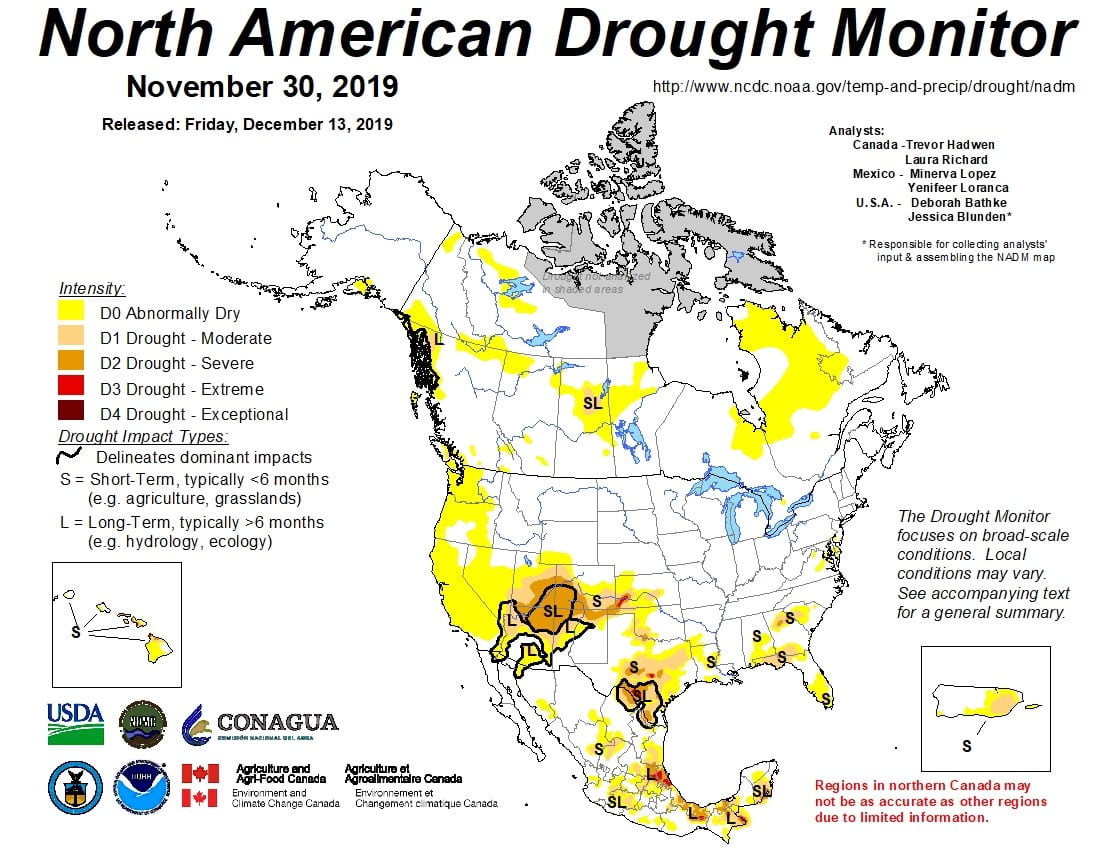
Figure 4a: The North American Drought Monitor for November 30, 2019 (source).
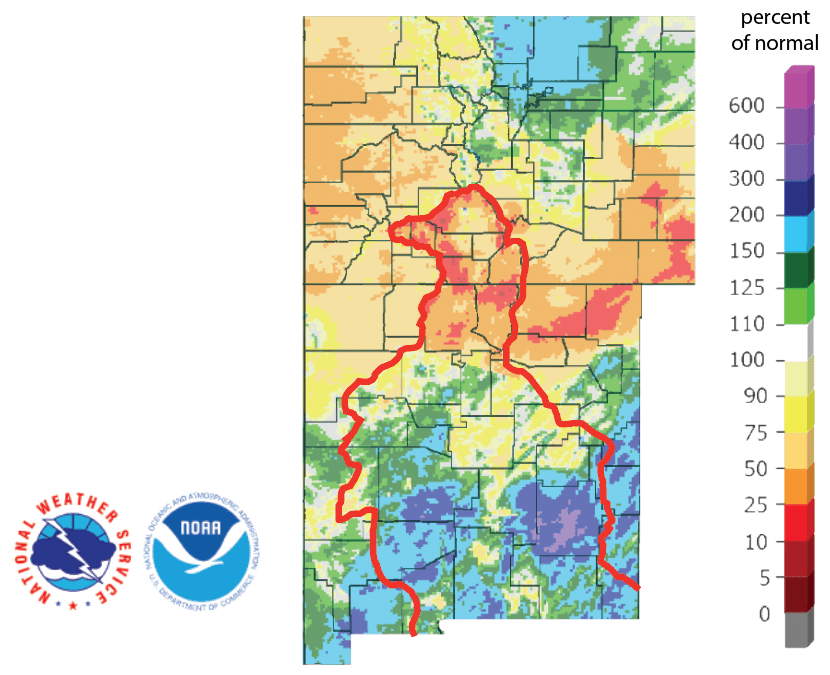
Figure 4b: Percent of normal precipitation for the past 90 days for Colorado and New Mexico as of December 15, 2019 (source). The red line is the Rio Grande Basin. I use this map to see check precipitation trends in the headwaters of the Rio Grande in southern Colorado, the main source of water to Elephant Butte Reservoir downstream.
Statewide reservoir storage remained the same as last month at 81.1 percent, right at the median storage since 1990 for this time of year (Figure 5a). Storage in individual reservoirs remained relatively stable over the past month (Figure 5b). Lake Abilene has decreased from full in July to 65 percent full today but has remained stable since November (Figure 5c).
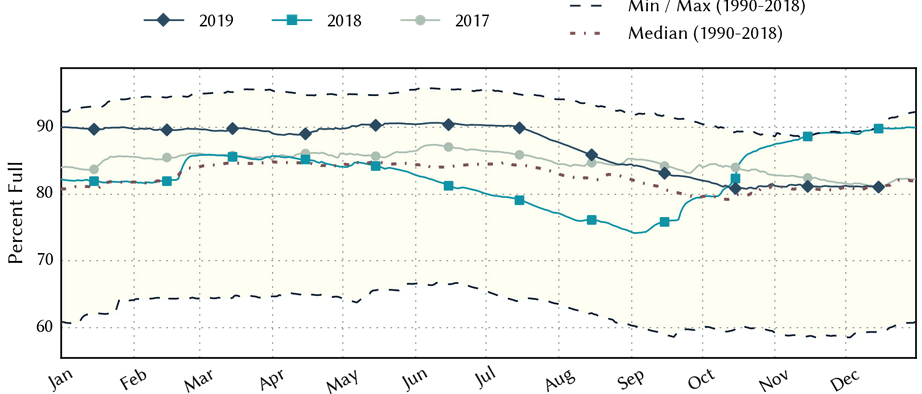
Figure 5a: Statewide reservoir storage since 2017 compared to statistics (median, min, and max) for statewide storage since 1990 (source).
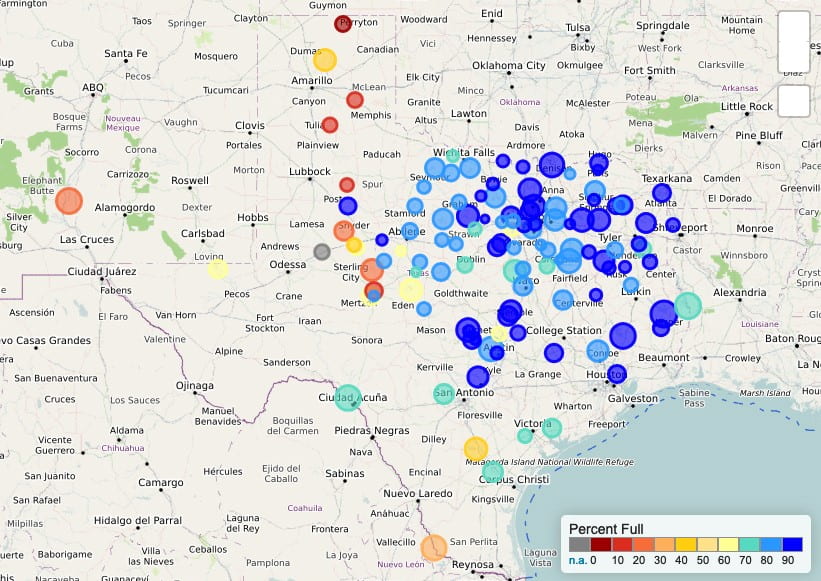
Figure 5b: Reservoir storage as December 15, 2019, in the major reservoirs of the state (source).
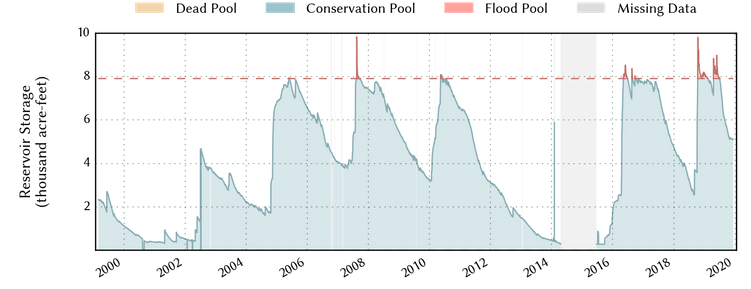
Figure 5c: Reservoir storage in Lake Abilene since 1999 (source).
For the El Niño Southern Oscillation, we remain in neutral (La Nada) conditions even though temperatures drifted into El Niño territory (an official El Niño designation also requires a coupling with the atmosphere; Figure 6). The Climate Prediction Center still has a 70 percent chance of neutral conditions continuing through the winter and a now an upped ~65 percent chance of continuing neutral conditions through the spring.

Figure 6. Forecasts of sea surface temperature anomalies for the Niño 3.4 Region as of November 19, 2019 (modified from source).
The U.S. Seasonal Drought Outlook through February 29, 2020, projects that current drought conditions may persist in central and south-central Texas and, instead of removal in the north-eastern part of the state as shown last month, drought persistence and development (Figure 7).

Figure 7: The U.S. Seasonal Drought Outlook for November 21, 2019, through February 29, 2020 (source).
Author

Robert Mace
Interim Executive Director & Chief Water Policy Officer at The Meadows Center for Water and the Environment
Robert Mace is the Interim Executive Director and the Chief Water Policy Officer at The Meadows Center. He is also Professor of Practice in the Department of Geography at Texas State University. Robert has over 30 years of experience in hydrology, hydrogeology, stakeholder processes, and water policy, mostly in Texas.
